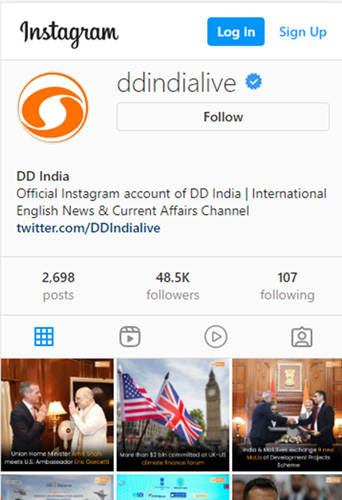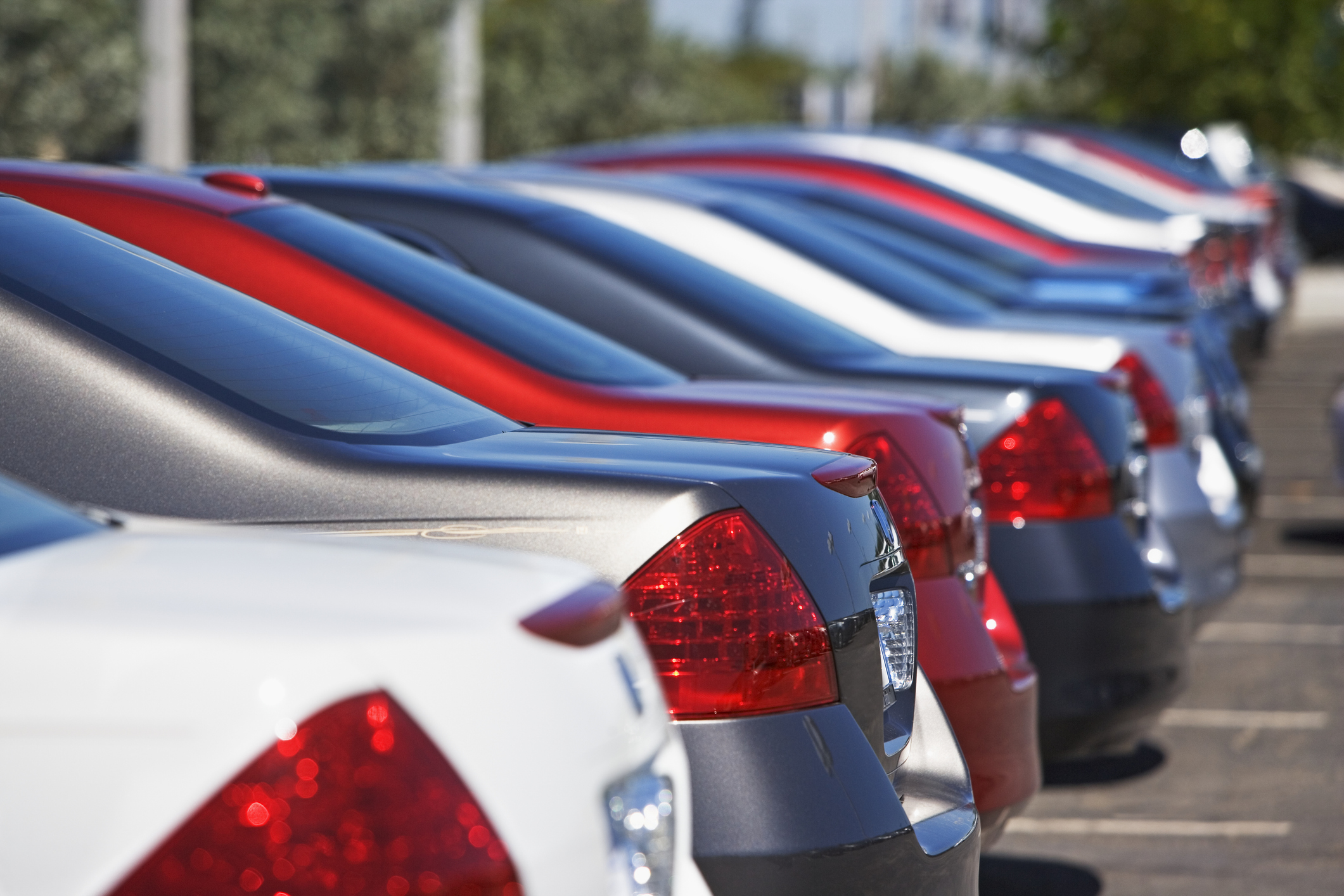India’s passenger vehicle sales crossed the one million mark for the second consecutive April–June quarter (Q1), with exports showing strong double-digit growth, according to data released by the Society of Indian Automobile Manufacturers (SIAM) on Tuesday.
Passenger vehicle exports — including utility vehicles and cars — reached a record high of 2.04 lakh units in Q1 of 2025–26, marking a 13.2% rise over the same period last year.
SIAM attributed the growth to steady demand in key overseas markets, with the Middle East and Latin America performing well, alongside a revival in neighbouring countries like Sri Lanka and Nepal. Rising demand from Japan and higher exports under free trade agreements, including with Australia, also contributed to the uptick.
Two-wheeler exports rose to 1.14 million units, recording a robust 23.2% growth compared to Q1 last year. This was supported by recovery in neighbouring markets and continued momentum in major destinations.
Exports of three-wheelers climbed to 0.96 lakh units, an increase of 34.4% year-on-year, while commercial vehicle exports grew by 23.4% to around 0.2 lakh units.
Despite the positive export figures, domestic passenger vehicle sales in Q1 stood at 1.01 million units — down 1.4% compared to the same quarter last year — due to slower sales in the latter part of the quarter.
The two-wheeler segment sold 4.67 million units, posting a 6.2% decline year-on-year, largely due to inventory corrections. However, retail registrations for two-wheelers rose by 5%, boosted by the wedding season and stable demand. The scooter segment’s share within two-wheelers also increased by 2.15% year-on-year.
The three-wheeler category recorded its highest ever Q1 sales at 1.65 lakh units, mainly driven by strong demand in the passenger carrier segment. SIAM noted that increased economic activity and urban mobility needs supported this growth, while the cargo segment’s retail registrations continued to rise on the back of demand for intracity low-load transport and easier financing.
Meanwhile, the commercial vehicle segment saw a marginal decline of 0.6% year-on-year to 2.23 lakh units, though passenger carriers within the category maintained positive growth, reflecting steady demand for public transport.
Looking ahead, SIAM said the industry remains cautiously optimistic for the second quarter. The upcoming festive season, an above-normal monsoon aiding rural incomes, and the Reserve Bank of India’s recent 100-basis-point repo rate cut over six months could help lift demand for passenger vehicles and two-wheelers.
However, SIAM cautioned that supply-side challenges persist, particularly the recent export licensing requirements imposed by China on rare earth magnets, which are critical components for vehicle manufacturing.
— IANS










